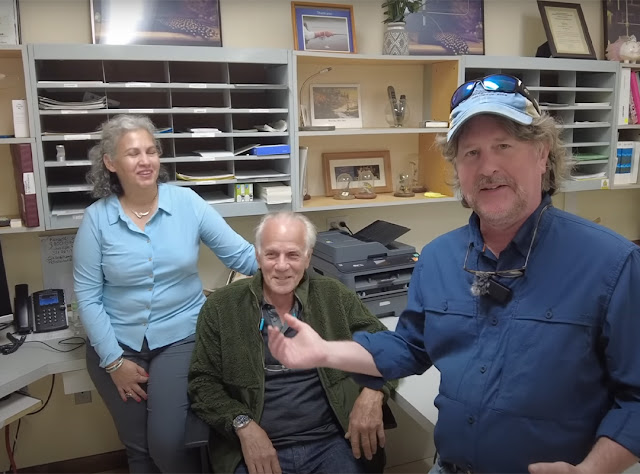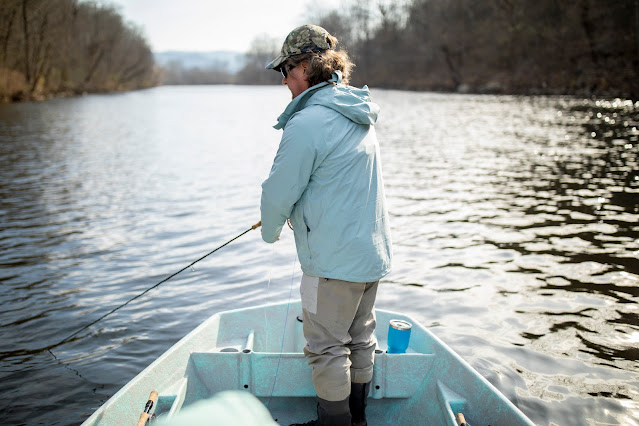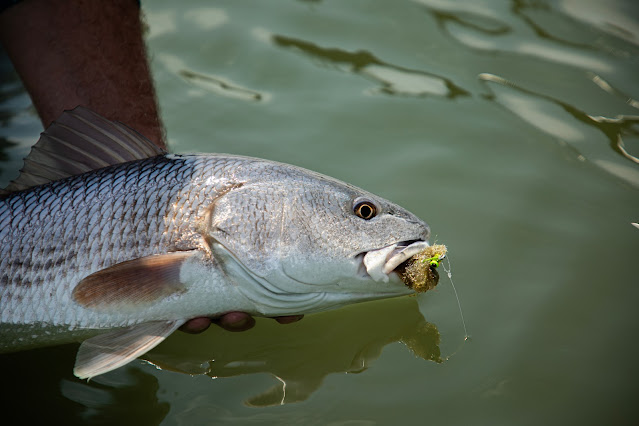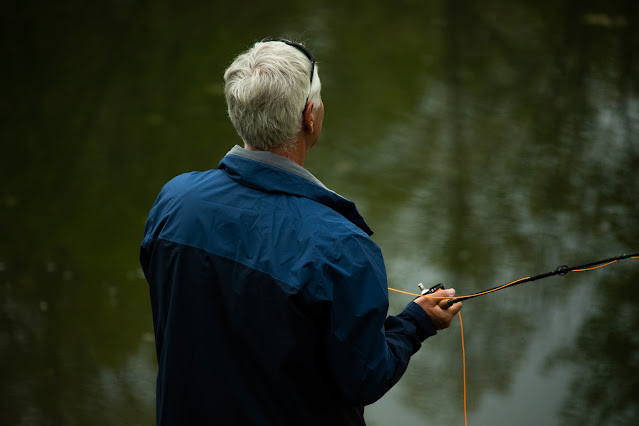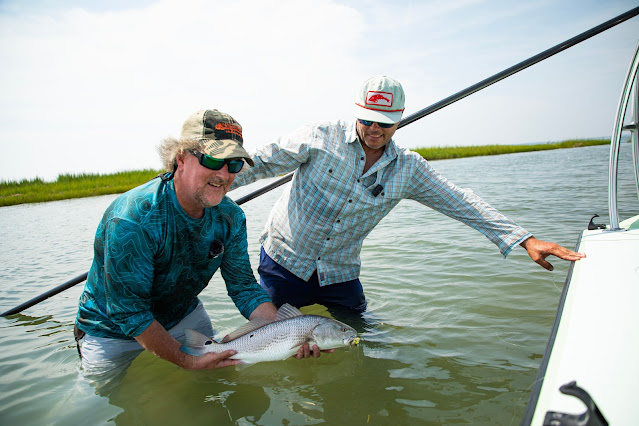Maybe it is because I am getting older, maybe it's because I prefer simplicity, or maybe it is because I like to be different...whatever the reason, I really love swinging a fly. It might not be the best technique for every situation but I try to swing as much as possible. Lately when late Summer rolls around there have been few fishing situations that come up. Low clear water means crawfish and small streamers. From Smallmouth to Carp to Buffalo to Rock Bass a small pattern slowly crawled/swung along the bottom will bring success. Sight fishing to spooky fish in low clear water is a challenge though. Swinging allows for a stealthy approach at a distance and is easy to detect strikes. This technique does not require a tube fly, but the versatility of changing hook styles is a huge benefit.
The end of Summer also brings thoughts of Fall steelhead and trout fishing. Water levels have also been very low and clear into the Fall on the cold water streams. Brown Trout are looking to move towards spawning areas and small sculpin and crawfish are a threat to a Redd. The Steelhead are aggressive after spending all Summer chasing baitfish in the lake and that aggression often carries over into the streams. Just like the warmwater fish, the Trout and Steelhead can become very spooky in the clear water. Swinging a small baitfish close to the bottom well downstream can be the best approach.
With the popularity of smaller and lighter weight spey rods it is now easier to fish many different size waterways. Tube flies are often associated with just swinging though. A small tube fly can be stripped as long as you balance the weight of the hook with the action you want out of the fly. No matter what method you like to fish, take a look at the versatility of adding tube flies to your fly box!
Step 1: Cut a short piece of Ultra Tubing roughly a 3rd of a stick. Cut a wedge an the end of the tube (so that the junction tubing will fit on easily).

Step 2: Start your thread at the halfway mark on the tube. Place a small amount of glue over the thread.
Step 3: Add a short piece of rabbit strip and lash down right on the thread wraps.
Step 4: Prep a schlappen feather by holding at the tip and folding/stroking down the fibers. Trim off the tip and tie in the feather at that point.
Step 5: Palmer the schlappen feather with tight side by side wraps.
Step 6: Add a small amount of glue or UV Resin to the base of the feather and slightly up on the fibers. Using a bodkin is a great choice to control where the glue is applied. This will help keep the fibers rigid and not lay down flat along the body.
Step 7: Form a dubbing loop and place the rabbit strip in the loop. With long scissors cut the fur off of the hide. Using the Loon D-Loop tweezers helps to make this much easier. Hold open the dubbing loop with a dubbing spinner tool. I am using the Smhaen dubbing spinner here. Carefully place the rabbit fur in the loop and spin.
Step 8: Palmer the dubbing loop forward tightly. Tie off and trim the loop. Paint the front base of the fur with UV resin. Before you cure the resin, make sure the fur is evenly perpendicular around the tube. This will help create a good collar around the tube.
Step 9: Whip finish/half hitch if desired (the resin will glue the thread down)
Step 10: Slide a medium sized conehead of the desired color onto the tube. Trim the end of the tubing to just slightly past the cone.
Step 11: Pull the fly off of the tapered needle and add a small section of Aqua Tubing to the back of the tube with the angled cut. The easiest way to do this is by twisting the tubing as you push it on the tube.
Step 12: Using a lighter, heat up the end of the tube (by the cone) with the blue section of the flame. Spin it as you heat it carefully. This will create a mushroom shape in the tube to hold the cone onto the tube.
Here I have chosen a fl. orange tube as a hotspot, but feel free to change colors of any of these materials to match your specific baitfish or crayfish. To rig up this fly simply slide your tippet through the tube and tie to a #4-6 Aqua Talon hook. Next tighten the tippet to pull the hook eye into the flexible junction tubing. You can fish this hook point up or down depending on your situation.
Recipe:
Head:
Coneheads (color of your choice, sizes med or large)





